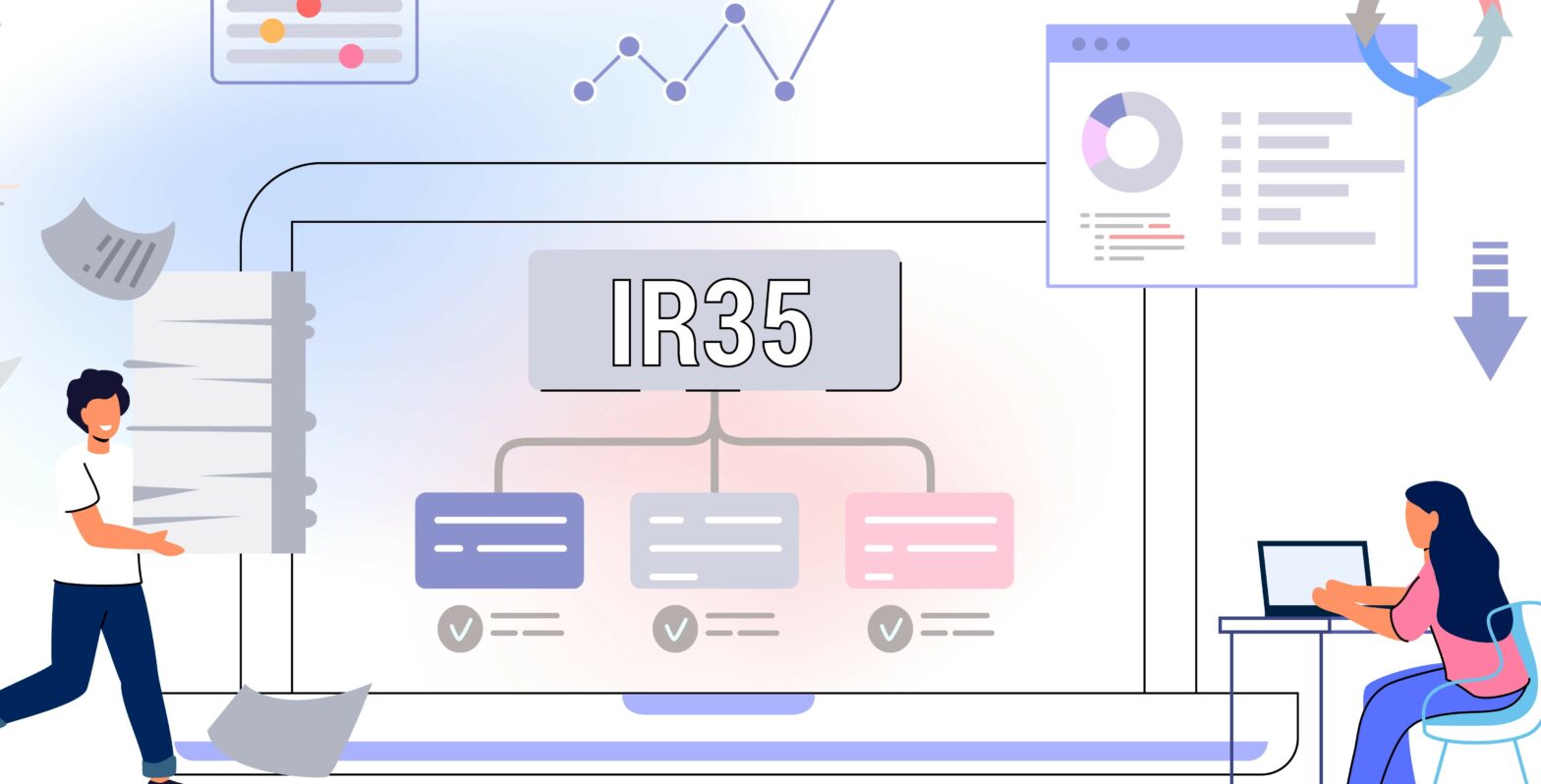CIOs know more than most the technology advancements being made that can potentially aid their businesses. One area where they could use their expertise is in recruiting the right staff – a role traditionally occupied by HR or external recruitment agencies.
And with so many skills gaps within IT, and every business looking for a different way to gain an upper hand over rivals, it seems sensible for CIOs and their wider businesses to use new approaches, tools and technologies to hire staff.
For the Rugby Football Union (RFU) technology director Jonathan Conn, a new approach for the business has been the company’s shift to Oracle’s HCM cloud, and using the recruitment and onboarding module, while in a less traditional IT sense, the organisation has taken to social media to promote job vacancies and the brand itself.
Recruitment trends in tech for 2019: Machine learning, AI and predictive analytics
“This means we don’t have such a dependency of using an agency and does have its benefits but for some very specific roles we do sometimes have to go through specialist agencies,” he says.
It’s not just in sport that social media is being used to get more IT candidates to apply; the Ministry of Defence (MoD) has had a big focus on engineering and STEM skill recruitment this year, and social media has been one of the ways it has tried to connect in different ways to a much broader audience.
However, Nicholas Lloyd, CIO for UK military operations overseas at the MoD, says while social media has been a beneficial tool for the MoD, the organisation does not use the applications in an intrusive way.
“You have to be careful of using analytics as it can be quite intrusive but we try and use social media as a way of engaging people, giving them exposure to the kind of careers they can expect to join. We encourage engagement both online and in person to help individuals make up their own minds that this is what they want to be doing as opposed to us targeting them like supermarkets target consumers on buying behaviours – it’s not done in a cynical sense,” he explains.
In fact, organisations like the MoD and Heathrow Airport are actually using tools that can detect whether the language used by an organisation can have unconscious biases.
Tech recruitment: How can businesses overcome this challenge?
Lloyd explains that the MoD looked at its Twitter and Instagram accounts and how they described what the organisation was doing on operations at the moment, and they used a piece of software which found that there was unconscious bias in its messaging.
“We’re working hard to iron that out because if it’s in our social media footprint by the way we’re describing things, then this unconscious bias will switch off key audiences who will ask why they would want to work with us and join us, as we’ve already told them subliminally that they’re less important,” he states.
“CIOs have got an opportunity and a responsibility to engage with the rest of the board to say ‘actually we need to look carefully on our public profile and how we’re presenting information and ourselves because it’s a showcase for your company and if you’re switching off your target audiences you shouldn’t be surprised that you’re struggling to recruit and train them,” he adds.
Heathrow Airport CIO Stuart Birrell agrees, stating that the organisation is using a tool called Textio that looks at job descriptions and job adverts for unconscious biases.
After having job adverts re-written, he says that the company has seen a big lift in the number of job applicants from different races and genders.
Information Age’s guide to recruiting ethical hackers
“It’s really good to see that difference just from the way you’re writing adverts,” he says.
Lloyd says that the main positive for organisations that use these AI tools as part of their recruitment processes is a much more inclusive workplace.
But new approaches on both recruitment and diversity can also come without the use of tech.
Freshfields Bruckhaus Deringer LLP CISO Mark Walmsley explains that his company has looked at recruiting a mixture of introverts and extroverts.
“We look at people’s different skill sets and who they are, and how it allows them to be more or less successful in different situations, as a result of which we introduced a completely different dynamic into the team. So I’m an extrovert, but Will who heads up our cyber threat detection team is more of an introvert, but we work together because we’re able to deal with different situations. Rather than both of us being hardasses, he has got a more rounded approach – that’s why we hired him,” he says.

Written by Sooraj Shah, freelance journalist







